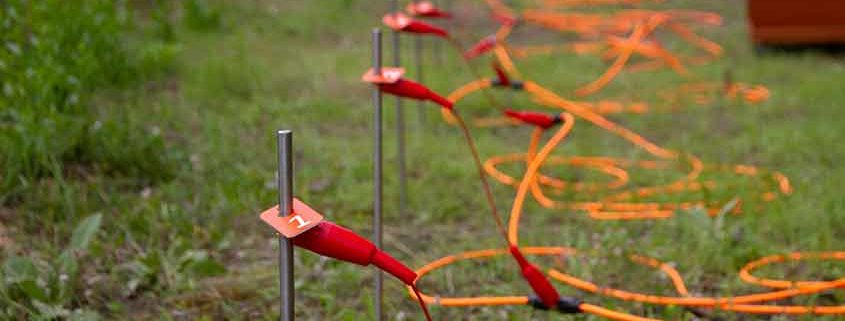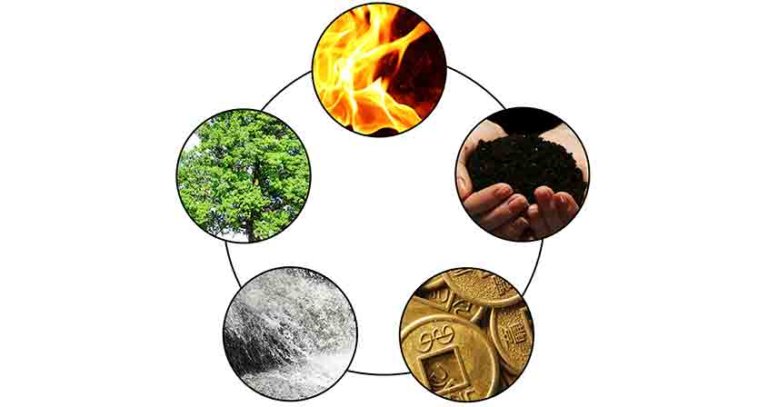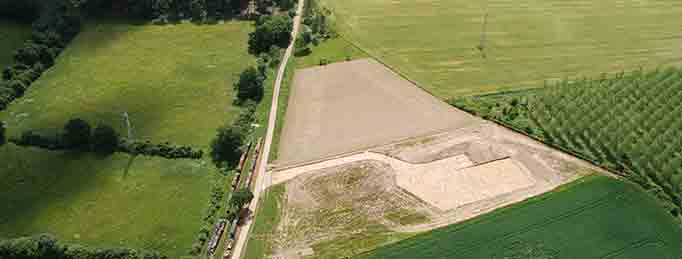WHAT IS A DOWSER?
In the same way that there are people with a special sensitivity to capture the aromas of wine, a dowser is a person with a special sensitivity to find groundwater and minerals.
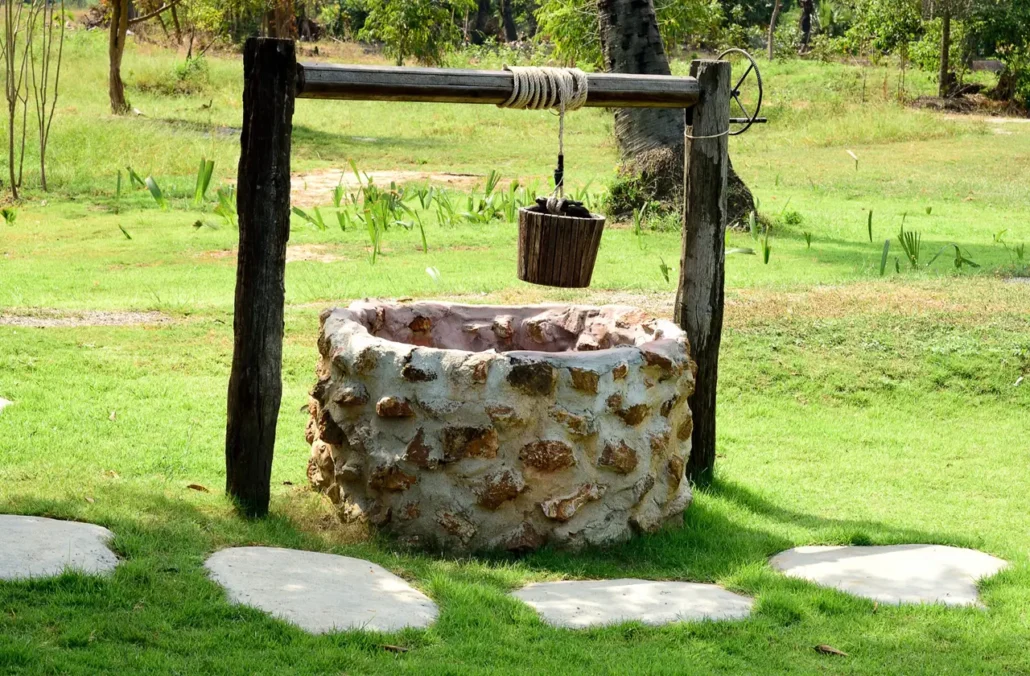
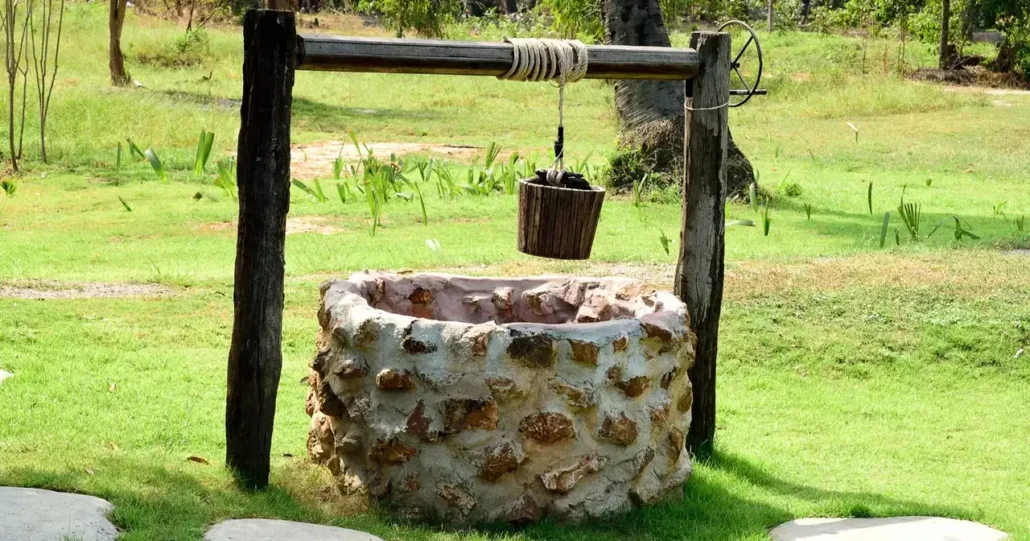
The dowser uses an ancestral technique called dowsing that stimulates the awareness of the senses, usually with the help of elements that amplify the radiations, such as the pendulum or rods.
In addition to locating water, the dowser also finds out:
- The flow rate or volume available
- Its depth
- Its potability
HOW TO SEARCH FOR GROUNDWATER
On the day of the prospection, the dowser must feel in full physical and mental health, wear natural fabrics and check that the weather is good.
Start by observing the clues that nature itself offers: relief and vegetation. Then the dowser holds the instrument.
Y-RODS
In open country, “Y” rods are a good choice, as they are little affected by wind.
The dowserr hold the Y-rods with both hands, maintaining tension. It is an unstable equilibrium that reacts easily to external stimuli.

The dowser moves forward in a straight line with mind on the water. By the time the rods point downward, a groundwater flow has been found.
On farmland, the well is usually located where several groundwater streams cross.
In building plots, groundwater is considered geopathic stress, so it is better not to build a house there.
PENDULUM
The dowser holds the rope between finger and thumb finger. The neutral position can be either resting or oscillating.
The dowser walks in a straight line with mind on the water. The response can be a rotation (clockwise or counterclockwise) or a change in the axis of oscillation. At this time the water has been found.

L-RODS
The dowser gently holds the shorter arm of the “L” rods (about 10 cm). The longer arm (about 30 cm) provides the response. They are fastened parallel to each other.
The dowser walks in a straight line, imagining a flow of water, and as soon as the rods cross, he marks the spot on the ground: the precious liquid has been found.
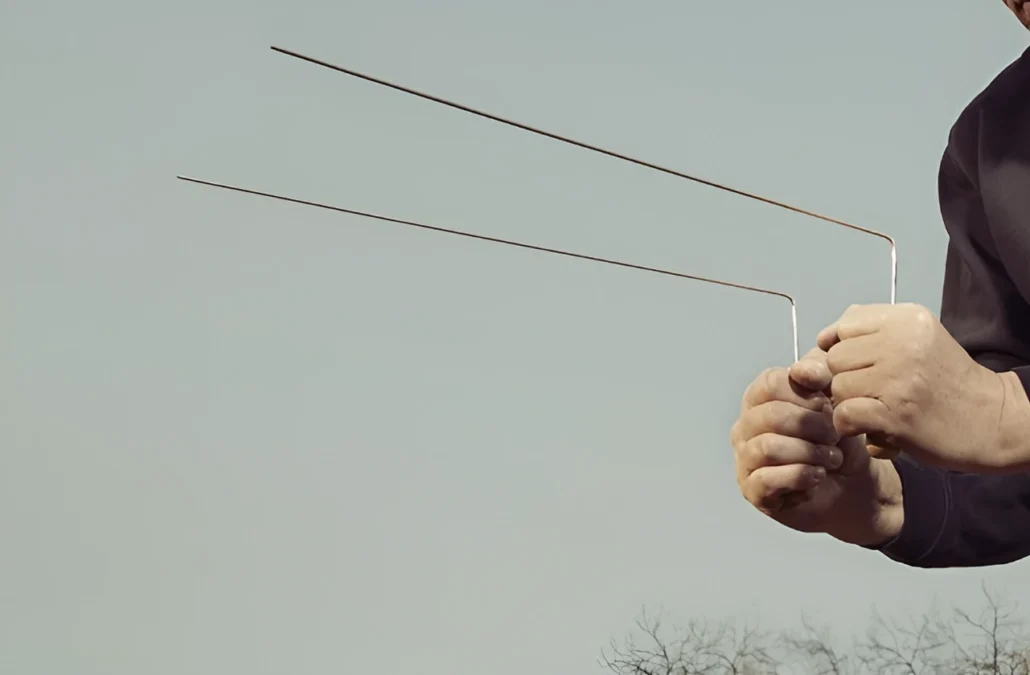
SCIENTIFIC METHOD
Today, geobiologists use the same technique to find groundwater, in combination with technical exploration instruments.
Deviations of the earth’s natural radioactivity and deviations of the earth’s magnetic field make it possible to locate the presence of the liquid in the subsurface. Geo-radars or soil resistivity measurements can also be used.
